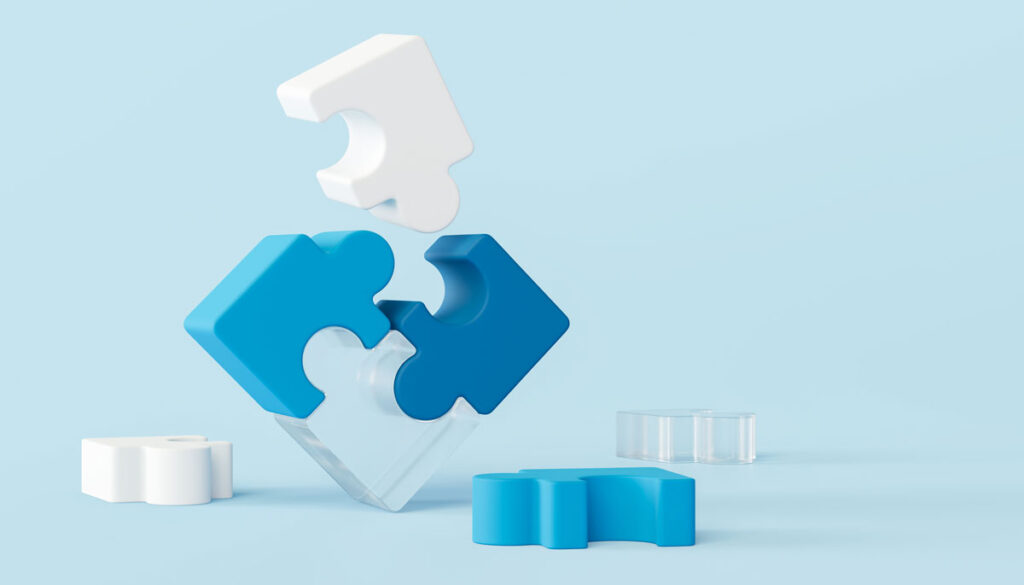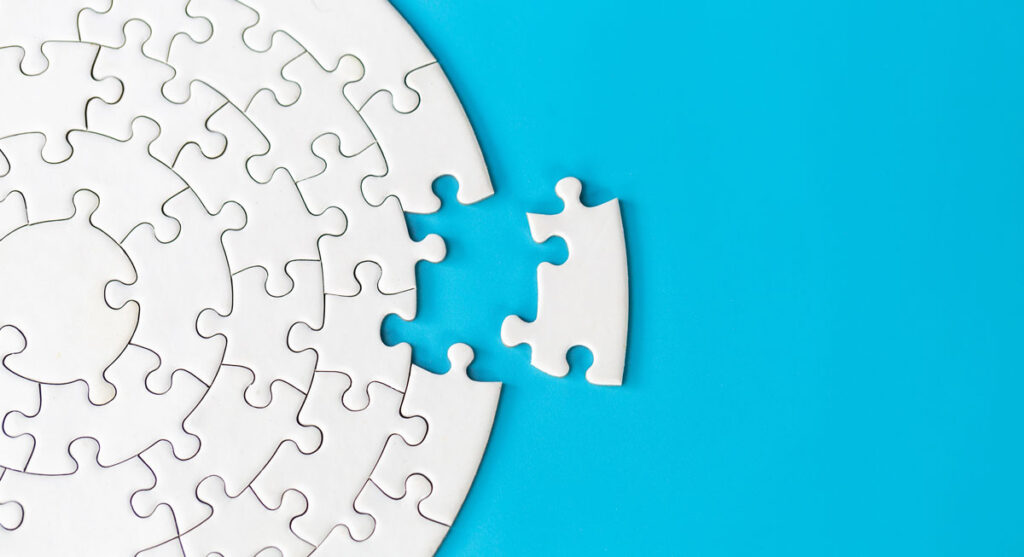
Design System: what is it and why does your company need it?
For more than a decade, the digital landscape has been undergoing rapid and constant transformation. Between 2007 and 2018, companies had to adapt to the emergence of new technologies and the rapidly evolving digital needs of their customers. This period of transformation saw the gradual adoption of practices and tools aimed at meeting the growing market expectations.
Then, from 2019 onwards, the Covid-19 pandemic acted as a CATALYST, accelerating digitization initiatives and forcing companies to quickly adapt their business operations.
Today, we have entered an era of digital industrialization, with increasingly complex technological ecosystems. To remain competitive, companies must not only increase their efficiency and improve communication but also ensure the scalability of their solutions.
This is the context in which DESIGN SYSTEMS emerge.

But what is a design system?
A concept still somewhat unclear for many, you should imagine a design system as a well-organized toolbox for creating digital products. They are the invisible pillars of the products we use daily, such as mobile apps, websites, or the interfaces on our TVs and car dashboards.
A design system is a collection of reusable components, standards, and guidelines that facilitate the creation of coherent and efficient digital products. It includes elements such as typography styles, color palettes, buttons, icons, and design principles, as well as development guidelines. By unifying these elements, a design system allows design and development teams to work more harmoniously and efficiently, ensuring visual and functional coherence across all products and services.
Still a bit confused? 🧐
Imagine you are a chef in a large restaurant. For every dish you prepare, you need basic ingredients like salt, pepper, oil, vegetables, meats, etc. Instead of searching for and preparing each ingredient every time you cook a new dish, you have a well-organized kitchen where every ingredient has its place. This organization allows you to cook more quickly and efficiently, ensuring that each dish leaves the kitchen with consistent quality and coherence.
A design system works in the same way. Instead of recreating elements for each new project, design and development teams draw from this repository of components.

So, is it just a graphic charter or a UI Kit?
Not exactly. In addition to visual elements, a design system includes reusable interactive components like buttons, forms, or dropdown menus. It also encompasses design patterns, design principles, and development guidelines. It aims to create a consistent and efficient user experience across all digital products within your ecosystem.
Used by UX/UI designers, front-end developers, product managers, and sometimes even marketing teams, it serves as a guide for developing and maintaining user interfaces across different products and platforms. While a design system includes elements from the graphic charter, it offers a much more comprehensive and functional structure, suited to the needs of modern digital environments.

What are the benefits for your company?
Now that you understand the concept, it’s time to ask why you would need it. Design systems have become indispensable for companies looking to optimize their processes and production costs. In addition to ensuring visual and functional consistency, they offer numerous advantages. Here’s a quick overview.
- Increased efficiency: A design system significantly reduces development time by providing pre-built components. Teams can focus on innovation and solving complex problems rather than repetitive tasks.
- Brand consistency: Visual and functional consistency is crucial for strengthening brand identity. A design system ensures that all visual and interactive elements remain uniform, regardless of the product or service.
- Scalability: With a design system, adding new features or modifying existing ones becomes easier. Companies can evolve and adapt quickly without compromising quality and consistency.
- Improved collaboration: It greatly simplifies communication between design and development teams.

How do you know if you really need it?
It’s important to note that a design system is not necessarily the ideal solution for all companies, especially given the significant initial investment in time and resources it requires. Implementing a design system demands careful planning, close collaboration between teams, and a long-term commitment to its maintenance and evolution.
Here’s a tip. 😏 The time and effort invested in setting up and maintaining a design system will be necessary if your project matches at least two of the following elements.
- Product experience at the core of the project: If user experience is central to your product strategy, a design system ensures optimal coherence and quality across all interfaces and interactions.
- Products intended to evolve over time: For constantly evolving products, a design system facilitates updates and the addition of new features without compromising overall coherence.
- Large teams with diverse profiles: When multiple teams of designers and developers, often geographically dispersed or with varied skills, work on the same project, a design system harmonizes their collaboration and reduces friction.
- Multiple products with one or more identities: In companies offering multiple products or services, sometimes with distinct visual identities, a design system helps maintain a certain uniformity while respecting the specifics of each brand.
- Strict accessibility and security standards: For companies operating in sectors requiring rigorous compliance with accessibility and security standards, a design system ensures that all interfaces meet these requirements systematically and effectively.

Adopting a design system is not just about visual improvement. It’s a strategic approach that profoundly impacts team collaboration, reduces development costs, and ensures a high-quality user experience. By investing in a design system, you place your company on the path of continuous innovation, ready to meet the current and future challenges of the digital market.
To continue exploring all the benefits of a design system, stay tuned for our upcoming CONTENT.
And for those who can’t wait, here’s a first glimpse offered by FIGMA.
See you soon ✌️
